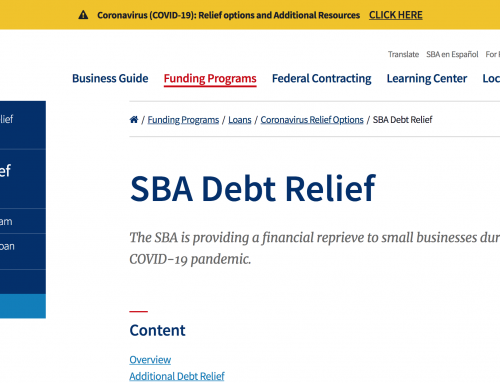Podcast: Play in new window | Download
Subscribe: Apple Podcasts | RSS
In this particular episode, you will learn
- Accounting standards, such as Generally Accepted Accounting Principles - GAAP
- Different types of businesses such as corporations, LLCs, partnerships, and sole proprietorships
Podcast transcript:
Cash Basis Accounting
Cash basis accounting uses the flow of cash to determine when to recognize transactions on the accounting record. Revenue earned for services will be recorded when cash is received (as a transfer or check) and expenses are recorded as either cash or credit when they’re paid. The system is double entry as the accountant uses two entries for each transaction to ensure records balance. Inventory items paid for in cash are still considered assets until sold and expensed as cost of goods sold.
A major problem with cash basis accounting is that revenue and associated expenses may not match up in the same accounting period. For example, Consulting Corp could have $50,000 in amounts billed to clients in December that it will not collect until January. Under the cash basis, the expenses for travel and employees have been deducted for December because they were paid out. Revenue would only be recorded when it’s received in January. Therefore, December’s income wouldn’t match the expenses in the same accounting period.
Under cash accounting, a business may accumulate debts that are not reflected as expenses in the proper period. For instance, the business Shady Manufacturing does not pay $75,000 cash for employees, contractors, electricity, and supplies during the month of December. Under the cash basis, Shady Manufacturing would not be required to record these expenses and may appear more profitable in December. Because cash basis accounting does not match revenue and expenses well, it is not permitted under Generally Accepted Accounting Principles in the United States (US-GAAP).





Leave A Comment